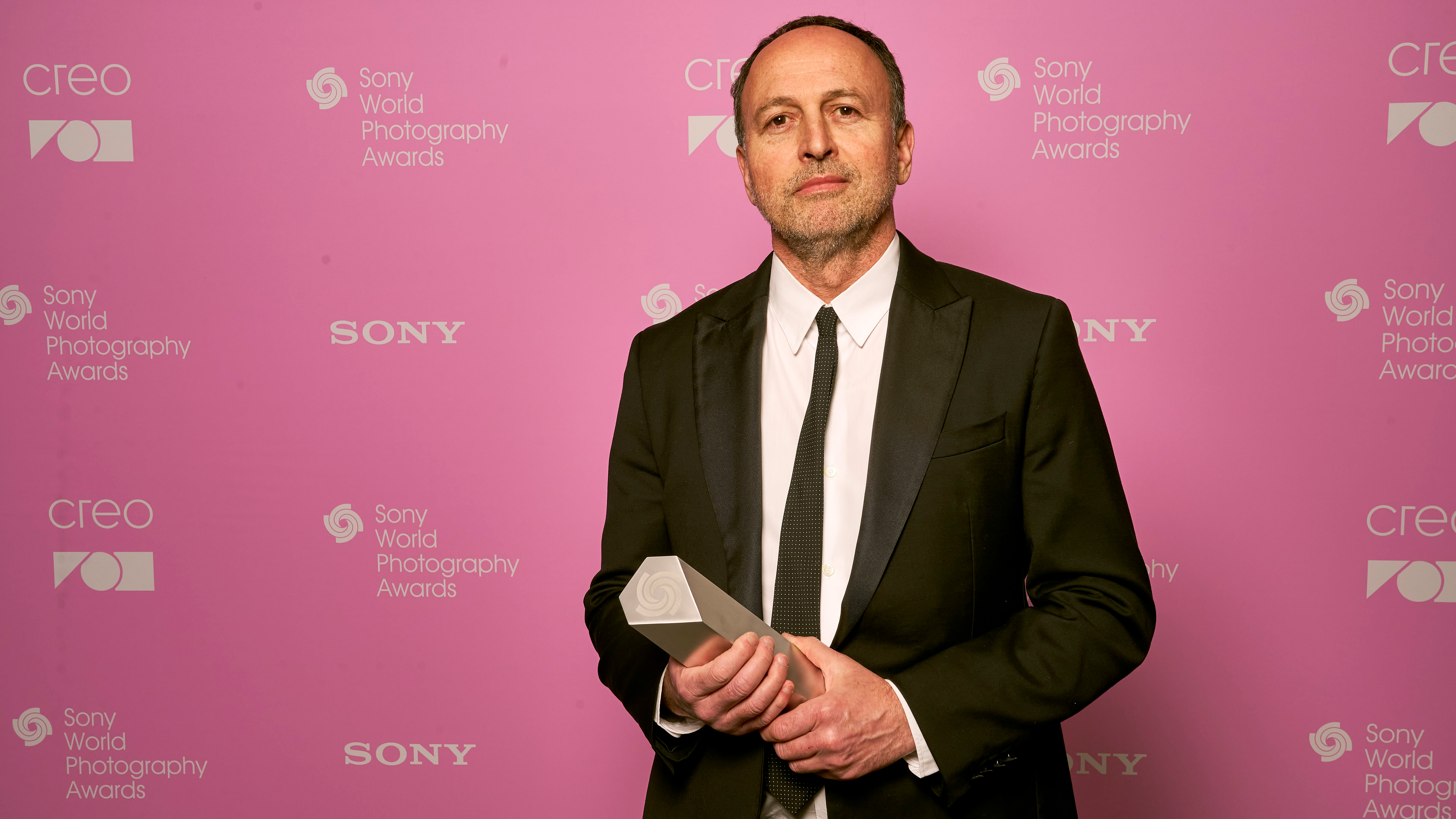The hidden costs of cinema cameras: why video licenses exist
RAW deal? The real reason video licenses exist on cinema cameras
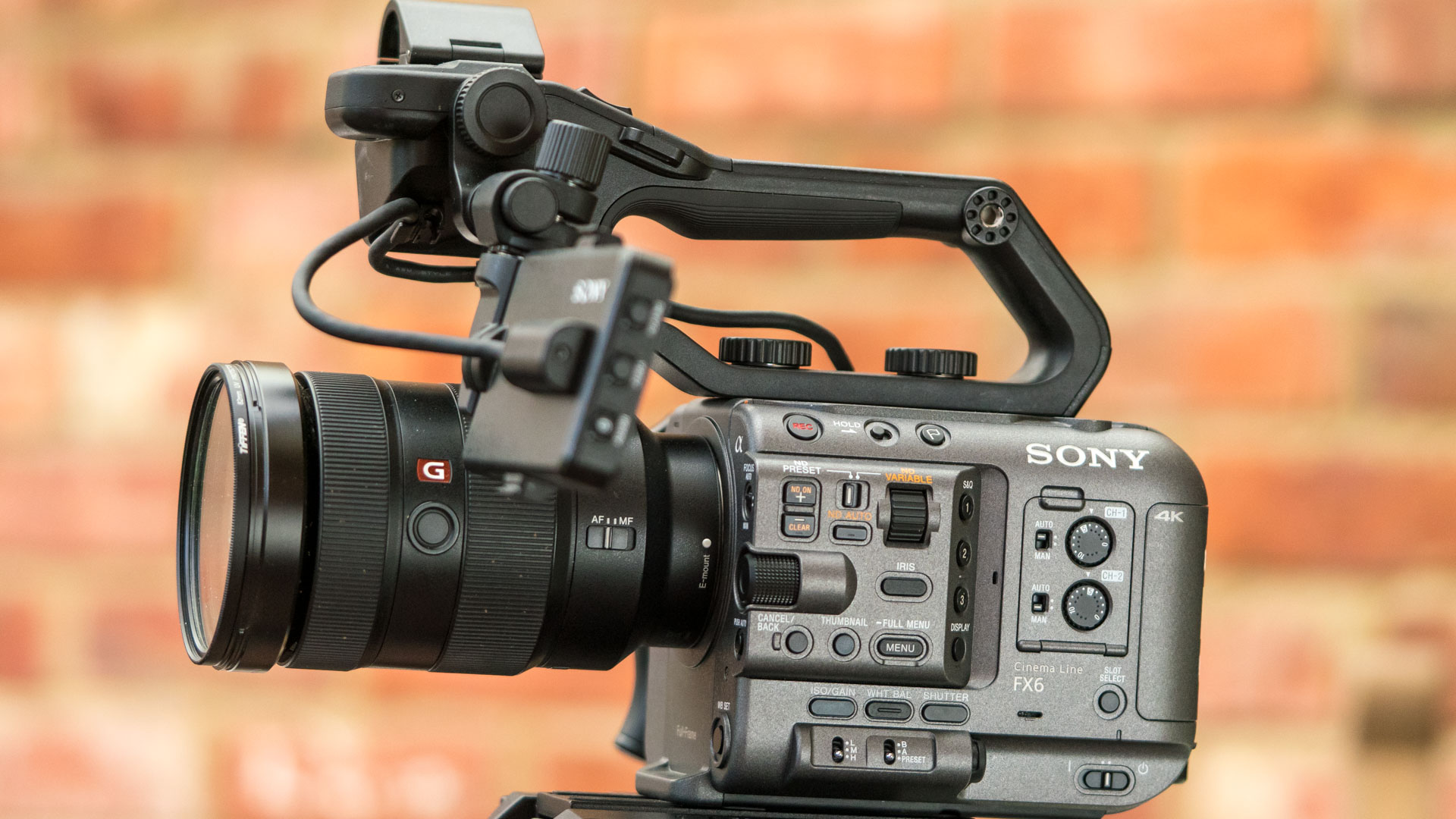
For filmmakers and content creators, the realization that their brand-new cinema camera requires an extra paid license to unlock its full potential can be frustrating.
It feels a bit like buying a luxury car and then being told you need to pay extra to get into fifth gear. But there’s a method behind this madness, and the reason why many cinema cameras require video licenses comes down to a mix of business strategy, licensing costs, and technical considerations.
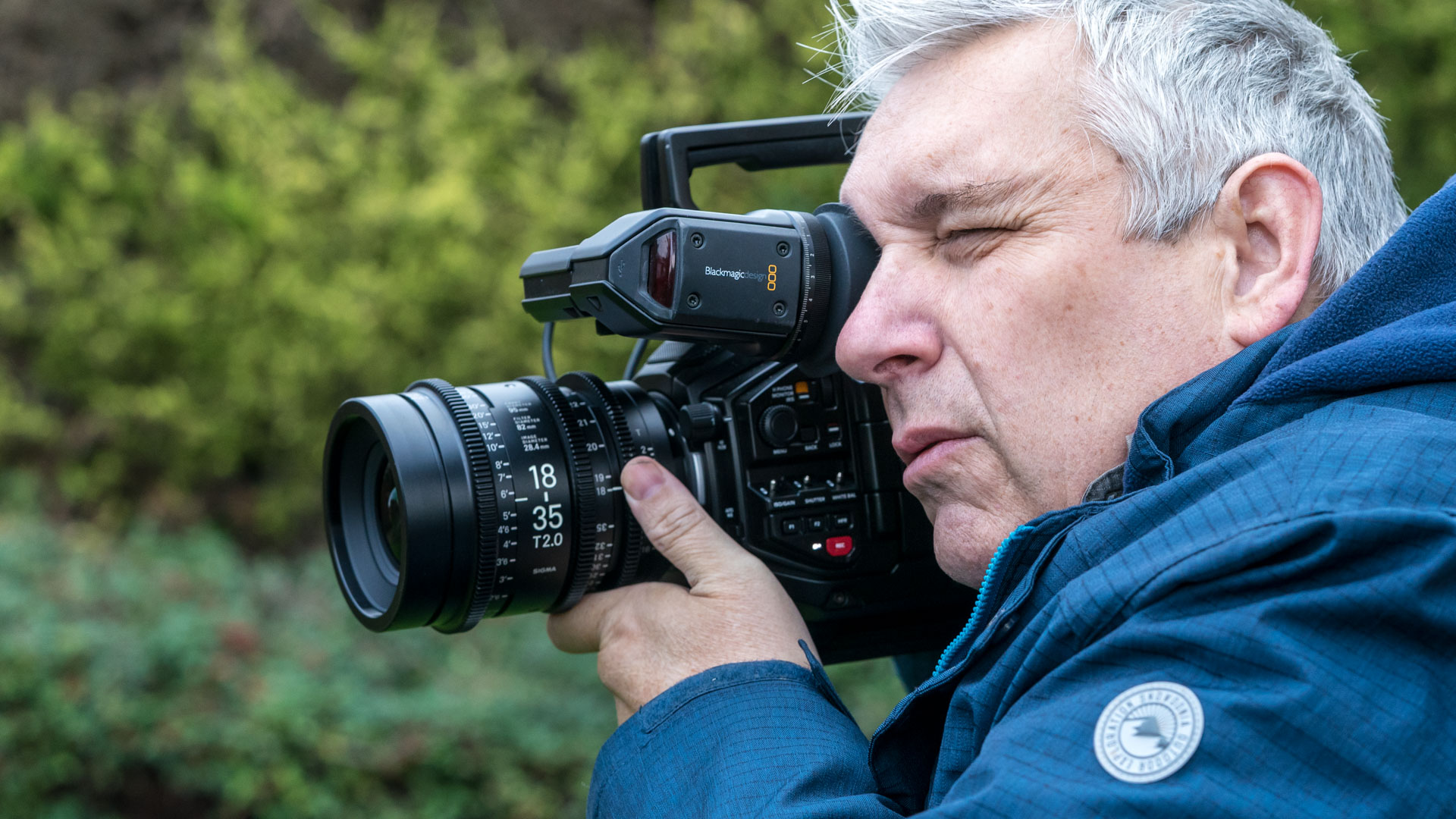
One of the biggest factors is market segmentation. Camera manufacturers sell a range of models catering to different levels of users, from hobbyists to Hollywood professionals.
By locking premium features like high-bitrate recording or RAW video behind a paid license, companies can offer a lower base price while still monetizing advanced features for those who truly need them. It’s a way to keep entry-level users happy while ensuring that professionals who demand high-end performance contribute to the cost of developing these features.
Then, there’s the issue of codec licensing. High-quality video formats such as Apple ProRes and Redcode RAW aren’t free for manufacturers to include; they require licensing fees paid to the companies that own them. Rather than passing these costs onto every customer, manufacturers offer them as optional paid add-ons – enabling them to keep base prices lower while ensuring that only those who actually use these codecs foot the bill.
Strangely enough, tax laws have also played a role in the rise of video licenses. In certain regions, including the European Union, a camera that records continuously for more than 30 minutes was once classified as a "camcorder," making it subject to higher import taxes.
While this law has since changed, it led to manufacturers imposing artificial recording limits on their cameras – limits that could sometimes be lifted with a paid firmware update. Even though the tax rule is no longer in effect, the habit of charging for video upgrades has stuck around.
Get the Digital Camera World Newsletter
The best camera deals, reviews, product advice, and unmissable photography news, direct to your inbox!
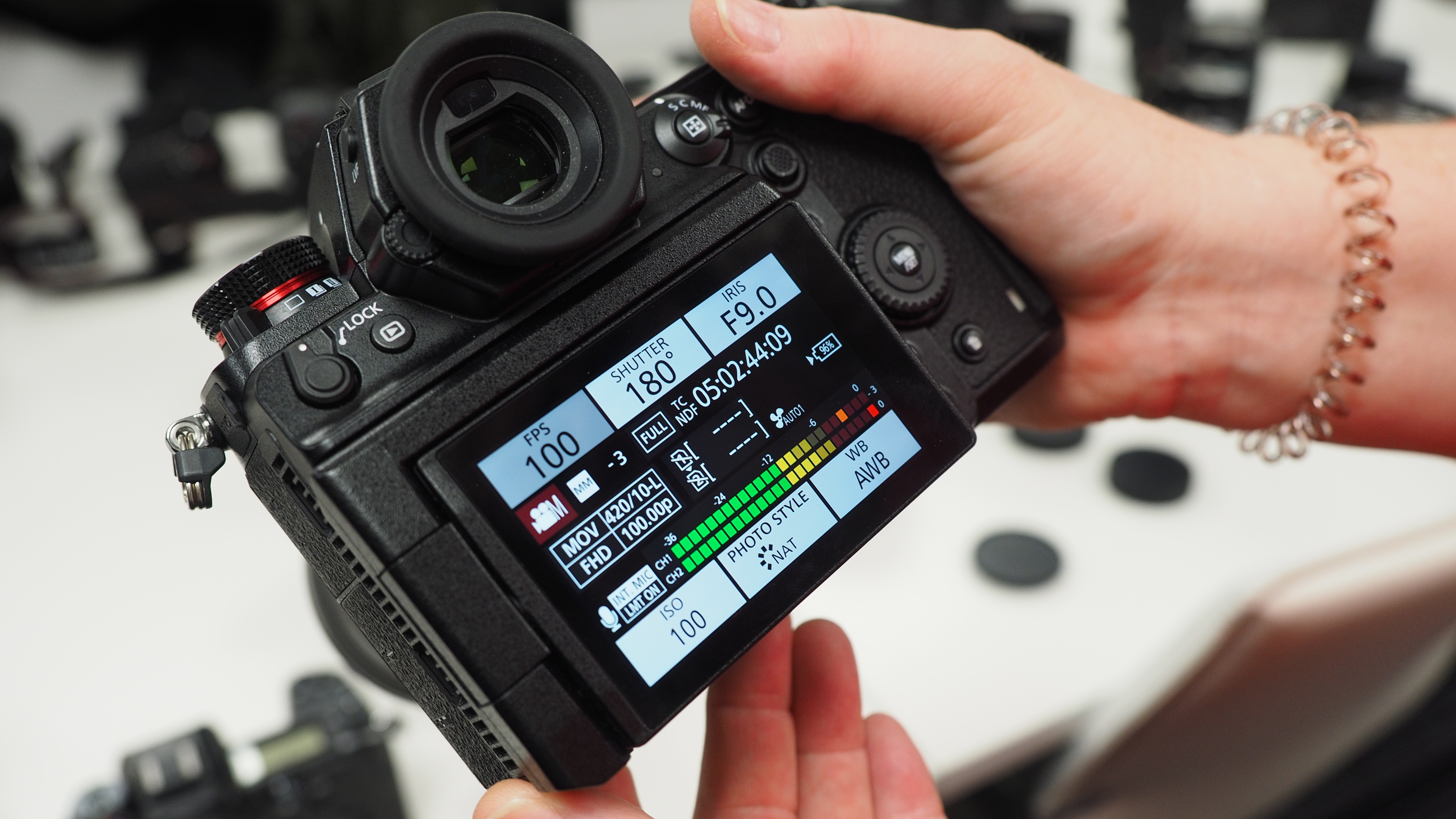
Technical constraints are another reason. Some high-end video features, like internal 12-bit RAW recording, put significant stress on a camera’s processor and memory system, potentially leading to overheating or shorter product lifespans.
By restricting these features through paid unlocks, manufacturers can limit their use to professionals who are more likely to invest in proper cooling and workflow management, protecting the camera from unnecessary wear and tear.
Ultimately, while video licenses might seem like an annoying cash grab, they’re a calculated business decision. Whether it’s to balance price points, cover licensing fees or ensure camera longevity, these paid upgrades are here to stay.
The silver lining? If your camera has a locked feature, at least you know it’s capable of more – and you have the option to unleash it when the time is right.
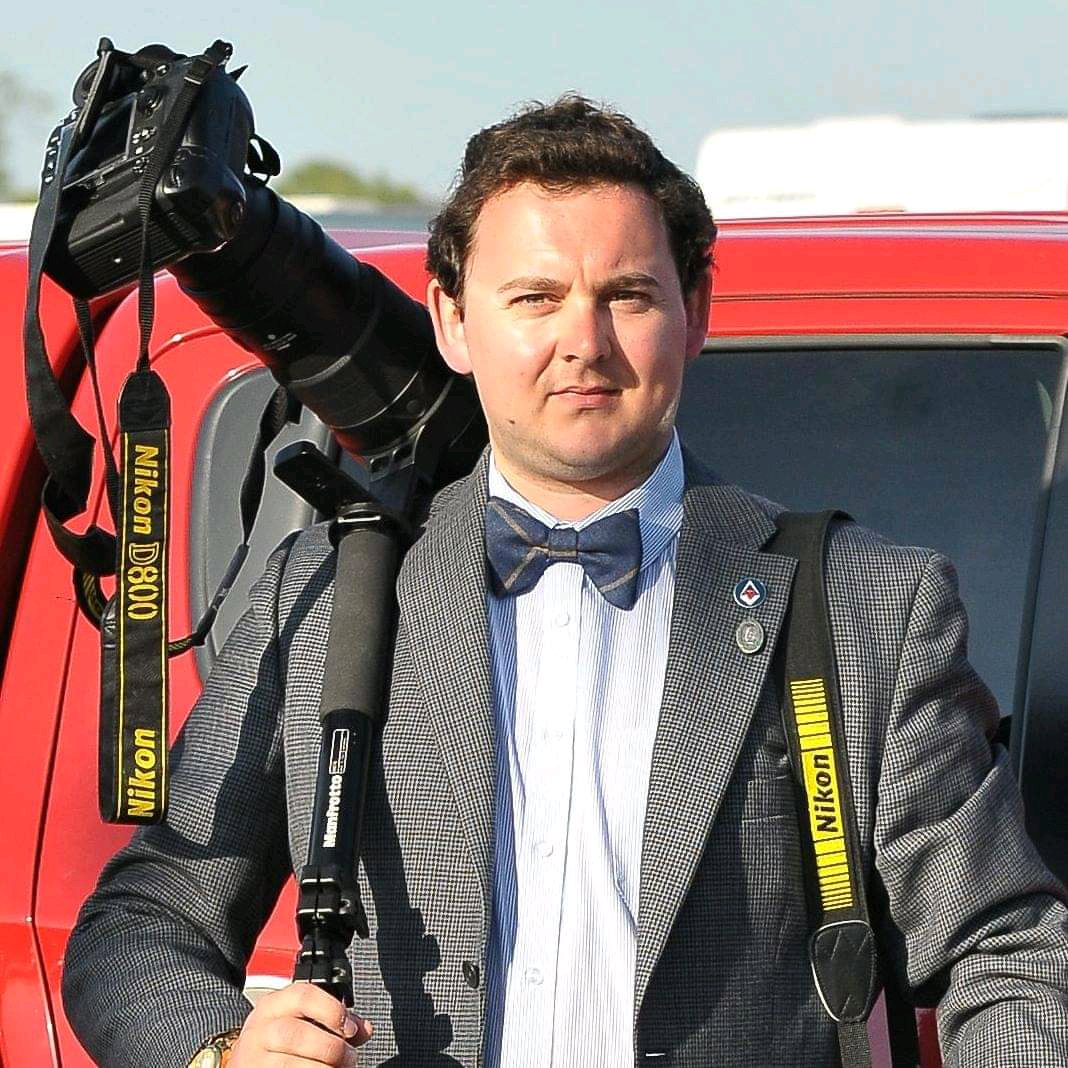
For nearly two decades Sebastian's work has been published internationally. Originally specializing in Equestrianism, his visuals have been used by the leading names in the equestrian industry such as The Fédération Equestre Internationale (FEI), The Jockey Club, Horse & Hound, and many more for various advertising campaigns, books, and pre/post-event highlights.
He is a Fellow of the Royal Society of Arts, holds a Foundation Degree in Equitation Science, and holds a Master of Arts in Publishing. He is a member of Nikon NPS and has been a Nikon user since his film days using a Nikon F5. He saw the digital transition with Nikon's D series cameras and is still, to this day, the youngest member to be elected into BEWA, the British Equestrian Writers' Association.
He is familiar with and shows great interest in 35mm, medium, and large-format photography, using products by Leica, Phase One, Hasselblad, Alpa, and Sinar. Sebastian has also used many cinema cameras from Sony, RED, ARRI, and everything in between. He now spends his spare time using his trusted Leica M-E or Leica M2, shooting Street/Documentary photography as he sees it, usually in Black and White.
You must confirm your public display name before commenting
Please logout and then login again, you will then be prompted to enter your display name.
